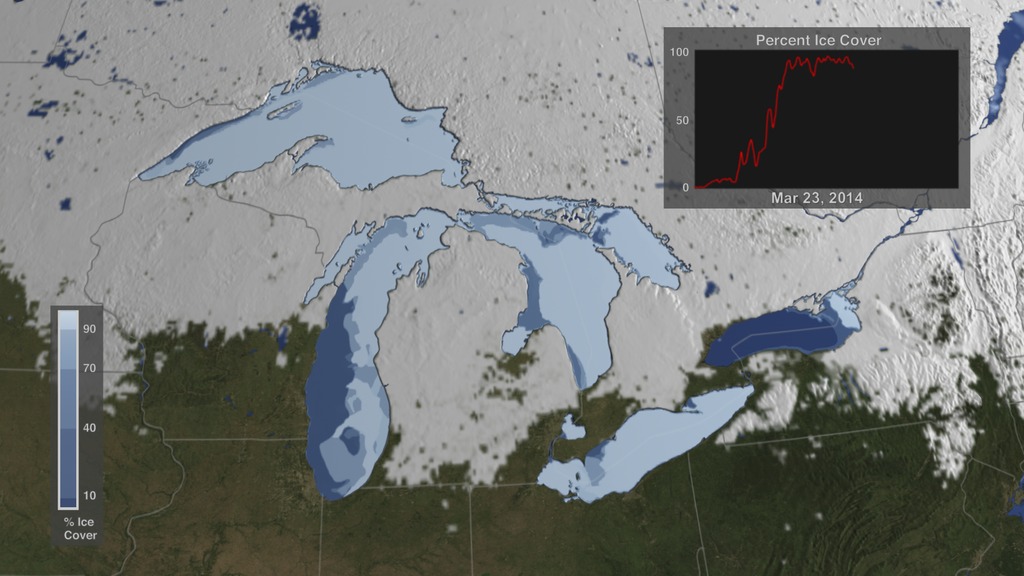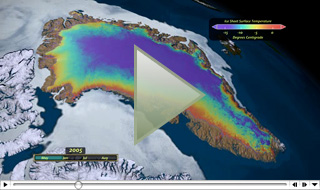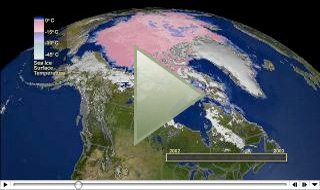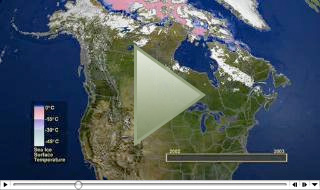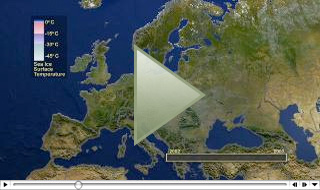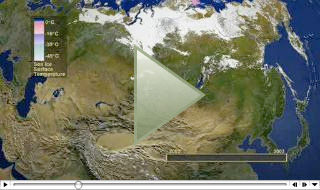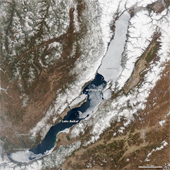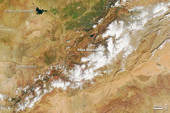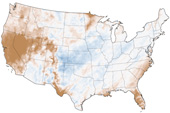
High frequency passive microwave radiometry over a snow-covered surface in Alaska
A.B Tait1, D.K Hall2, J.L Foster2, A.T.C Chang2
1 Universities Space Research Association, 7501 Forbes Blvd., Suite 206, Lanham, MD 20706.
2 Hydrological Sciences, Code 974, NASA/Goddard Space Flight Center, Greenbelt, MD 20771, USA.
ABSTRACT
Millimeter-wave Imaging Radiometer (MIR) data (ranging in frequency from 89 to 325 GHz) were collected from NASA ER-2 flights over Alaska in April 1995. This study determines whether these data can be used to identify clouds, vegetation type, and snow cover. The procedure used is as follows : 1.) Determine whether a purely MIR-based cloud detection scheme is possible over a snow-covered surface; 2.) Analyze the influence of changing vegetation type on the brightness temperatures; and 3.) Compare completely snow-covered scenes with partially snow-covered and snow-free regions for cloudy and clear-sky periods to determine whether varying snow conditions affect the MIR data.
Results show that surface features can be identified using the less opaque channels at 89, 150, and 220 GHz, although the 150 GHz (2.0 mm wavelength) and 220 GHz (1.4 mm) channels are more sensitive to atmospheric phenomena compared with 89 GHz (3.4 mm), because the atmospheric contribution to the upwelling radiation is larger for shorter wavelengths. Statistical examination of the MIR data show that the determination of cloudy pixels over a snow-covered surface is not possible using a simple brightness temperature threshold technique. Furthermore, it is concluded that while no statistical discrimination between specific vegetation classes can be made, significance is obtained when the vegetation is grouped into two classes only, for example vegetated and barren. It is also shown that the state of the snow cover (complete coverage; melting; or patchy) has a distinct effect on these results.

